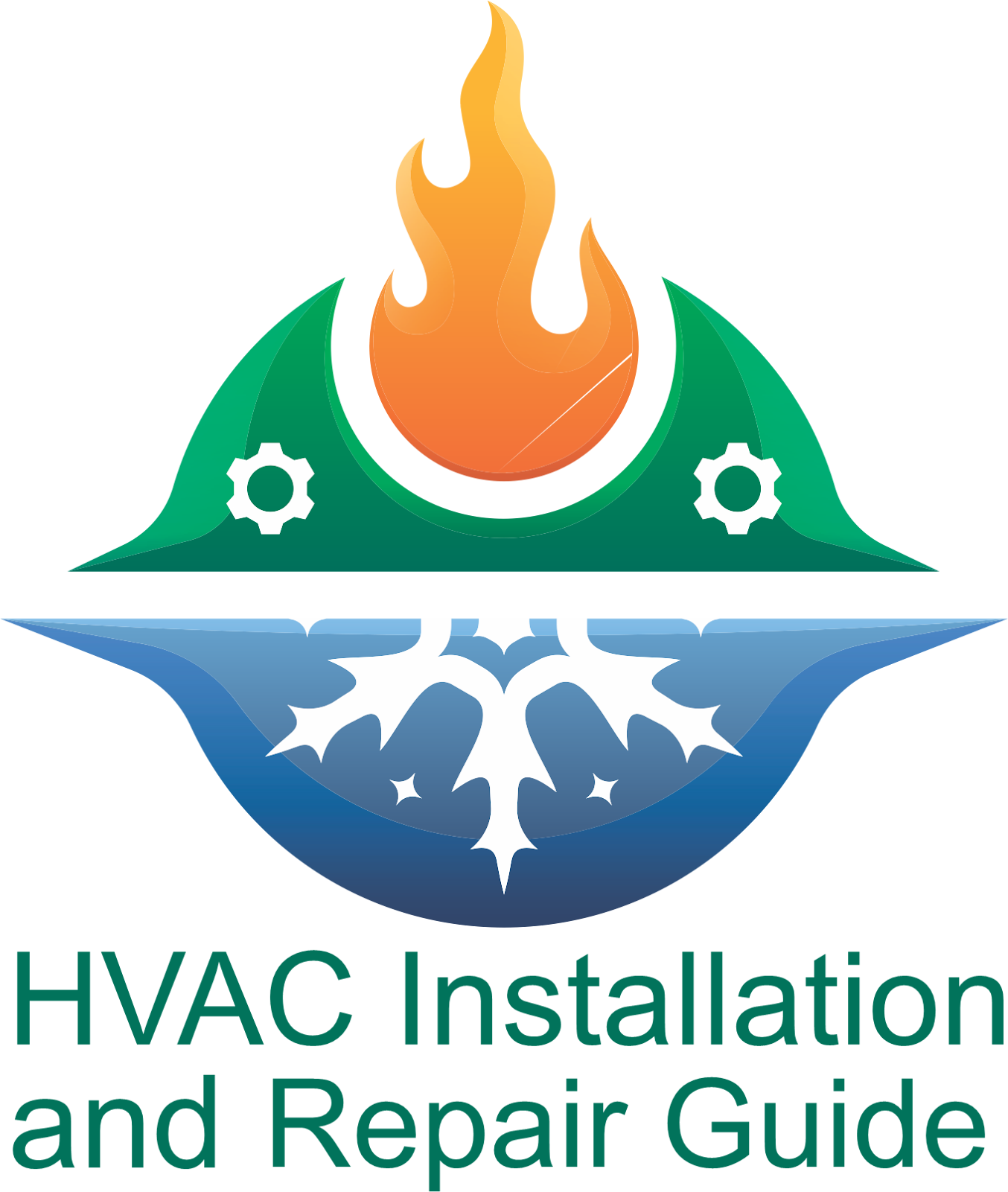Can a Fire Start in a Furnace?
With the onset of winter each fall, your dependence on home heating systems grows. If your furnace isn't working correctly and poses a fire risk, your family's safety may be in danger.
The 50,000 residential fires that happen annually, 500 human fatalities, and more than $1 billion in catastrophic property damage, according to the National Fire Protection Association (NFPA), are primarily caused by heating systems. Space heaters and fireplaces are the most common heating devices that start fires. Central heaters, such as furnaces, only cause about 12% of these fires. Learn more about the main reasons why furnace fires occur and how to prevent them.
The Origins of the Furnace Fire
Older furnaces may have been built differently or worn down over time, which makes them more likely to cause safety problems. Regardless of how old or modern your furnace is, you should be aware of these causes of furnace fires.
Heat-generating motor
Several factors might cause a furnace motor to overheat. The following are the primary risks:
- The motor will work harder if the airflow is restricted by a blocked filter. The motor can eventually overheat, increasing the risk of a fire.
- Over time, debris buildup on the motor may cause it to retain heat and even catch fire.
- The electrical fire danger may increase if the voltage rises excessively as a result of damaged or exposed wiring.
- When the furnace is running, motor bearings that are overly tight or worn out may get heated. If the bearings are not properly oiled, they can eventually catch fire.
- If yard trash, animal nests, or other things get in the way of the furnace's flue, the oxygen level may drop. Because of the buildup of soot and insufficient ventilation, efficiency suffers, and the danger of a flameout rises. When a fire spreads past the heat exchanger and starts to burn the furnace's internal parts, this is called "flame rollout." If this problem keeps happening, it could damage your heating system, and the fire could even spread to places far from the furnace.
A heat exchanger that is blocked
Your furnace makes heat, and a heat exchanger, a confined combustion chamber, sends that heat to the air moving through your home. A heat exchanger that is clogged with soot or corrosion will work less well and have a higher risk of flame rollout, just like a blocked furnace flue.
The heat exchanger is not working
Corrosion could lead to a heat exchanger crack, which could have a number of effects. First, the suction in this chamber is lowered. This makes the airflow slow down, and the flame rollout goes up. Additionally, it lets fumes into your house, including carbon monoxide. Never ignore your carbon monoxide alarms because inhaling too much of them can be fatal. In addition, if a flame is started, CO gas could ignite and flash back to the leak's origin.
Insufficient Gas Pressure
For furnaces to burn fuel safely and well, they need a certain amount of natural gas to air. Burner orifice obstruction is often the source of inadequate pressure. The likelihood of the burner flames rolling out is increased by this issue. Additionally, it results in unwelcome condensation within the heat exchanger, which speeds up corrosion.
High gas pressure, on the other hand, could cause the furnace to overheat and ignite the soot inside the heat exchanger. These fires have a reasonable risk of spreading to other locations.
How to Avoid Fires in Furnaces
The following are some measures you may take to prevent furnace fires based on the numerous ways a furnace could catch fire:
- Replace the air filter regularly: Check it once a month and replace it as soon as it feels unclean or after three months, whichever comes first.
- Verify the flue in the furnace: Look for obstacles on the vent's outside and take any you discover out.
- Keep flammable materials away from the furnace: Keep everything at least 3 feet away from any other heating apparatus, including cardboard boxes, paper, clothing, and other combustibles.
- Install a switch to put out the fire: This safety feature examines the burner chamber of your furnace to check for a fire or the presence of hot exhaust gases. Get your furnace checked out immediately if the rollout switch trips to identify the issue and fix it before it results in a furnace fire.
- Annual furnace maintenance is required. It can be challenging to tell if your furnace is operating dangerously. Never skip the annual maintenance on your furnace in the fall, even if there are no signs of something wrong.
Plan furnace maintenance. Immediately
When should your regular maintenance be done? Do you require assistance with a furnace issue? For every need, you have access to HVAC Installation and Repair Guide experts. Our HVAC professionals can look at the system, clean it, and test it to ensure it works safely. We recommend a fix or modification if anything seems out of the norm, so you can rest easy knowing your furnace won't catch fire. Contact the office of your local HVAC Installation and Repair Guide Expert as soon as possible for more information or to set up maintenance for your furnace.
Tags
ac repair
ac repair installation
Air Conditioner Repair
ductless mini-splits
Furnace Installation
furnace maintenance
Furnace repair
Heat pump repair
heating system
HVAC Installation
HVAC repair

